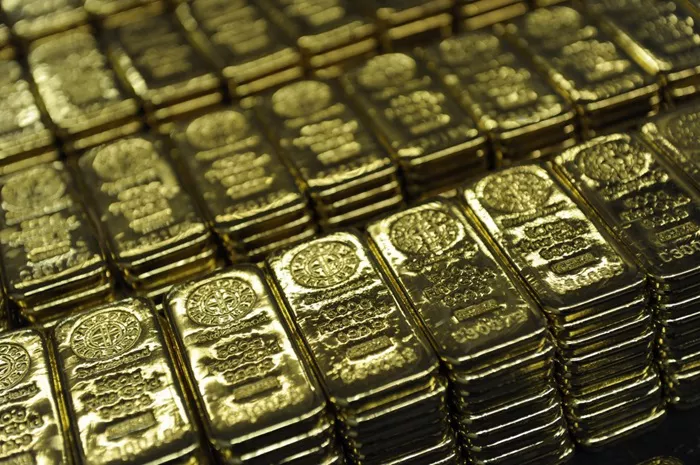Gold prices surged past the $2,900 mark on Monday, continuing their record-breaking rally, driven by new tariff threats from US President Donald Trump. The precious metal hit a new all-time high of $2,911.18 per ounce earlier in the day, before stabilizing at $2,902.16 per ounce by 12:15 ET, marking a 1.4% increase for the session. US gold futures also climbed 1.4%, reaching $2,929.60 per ounce in New York.
The surge comes in the wake of Trump’s announcement of a 25% tariff on all steel and aluminum imports, along with plans to impose reciprocal tariffs later this week. According to Marex analyst Edward Meir, the increase in gold prices reflects growing uncertainty in the global trade landscape. “The tariff war is clearly behind the rise; it just reflects more uncertainty and more tension in the global trade situation,” Meir said in a note.
Tariffs are expected to fuel inflation within the US, with investors awaiting key economic data in the coming days, including the Consumer Price Index (CPI) and Producer Price Index (PPI) reports. Meir noted that if inflation data falls short of expectations, it could weaken the dollar and further drive up gold prices. Conversely, stronger-than-expected inflation data could push up US yields, exerting mild pressure on gold, although the market’s resilience and continued buyer interest during price dips may limit the impact.
Monday’s rally marks the seventh record-breaking session for gold in 2025, with bullion up nearly 11% year-to-date, following an impressive 27% gain in 2024. Analysts now believe that gold is poised to reach the $3,000 level, with further escalation in the trade war expected to drive even higher demand for safe-haven assets.
“Gold is very clearly targeting the $3,000 level, and the market is incredibly strong, almost relentless,” said independent analyst Ross Norman in an interview with Reuters. “It’s not a question of if, but when gold will reach this milestone.” Despite potential retracements due to profit-taking, Norman emphasized the underlying strength of the market.
The uncertainty surrounding tariff plans has already led to unusually high premiums for gold contracts in New York, resulting in large withdrawals of bullion from England. Central banks are also playing a significant role in gold’s ascent. According to the World Gold Council, central bank gold purchases accelerated by 54% year-on-year in the final quarter of 2024, following Trump’s election victory.
In January, China’s central bank resumed gold purchases for the third consecutive month, adding to the bullish momentum in the market. Exinity Group’s chief market analyst, Han Tan, noted that China’s decision to allow insurance funds to invest in gold further strengthens the upward trend. “With the People’s Bank of China resuming its bullion purchases, along with the move to allow insurance funds to invest in gold, these actions continue to bolster gold’s momentum,” Tan said.
Related topics:
- What is the Value of 18K Gold?
- Why Does Gold Price Increase During War?
- What is the Best Price Being Paid for Gold Sovereigns?


